
We would like to invite exhibitors from across the UK to be part of a ‘Climate Call to Action’. Combining the best in visual art with a passion for inspiring climate action, we plan to hold a series of exhibitions throughout 2023 to encourage climate action.
We welcome entries from amateurs or professionals working across a diversity of art forms, including artists, photographers, makers, crafters and community groups.
![]() opportunity to host meet the artist sessions and workshops
opportunity to host meet the artist sessions and workshops
![]() Dunbar High Street location with 10m wall space and case
Dunbar High Street location with 10m wall space and case
![]() expressions of interest by 15th January 2022 to John Muir’s Birthplace,126 High Street, Dunbar, EH42 1JJ, museumseast@eastlothian.gov.uk, 01368 8659899.
expressions of interest by 15th January 2022 to John Muir’s Birthplace,126 High Street, Dunbar, EH42 1JJ, museumseast@eastlothian.gov.uk, 01368 8659899.
Please don’t hesitate to be in touch with any further queries. We’re open to both first-time and seasoned exhibitors – no question is too silly!
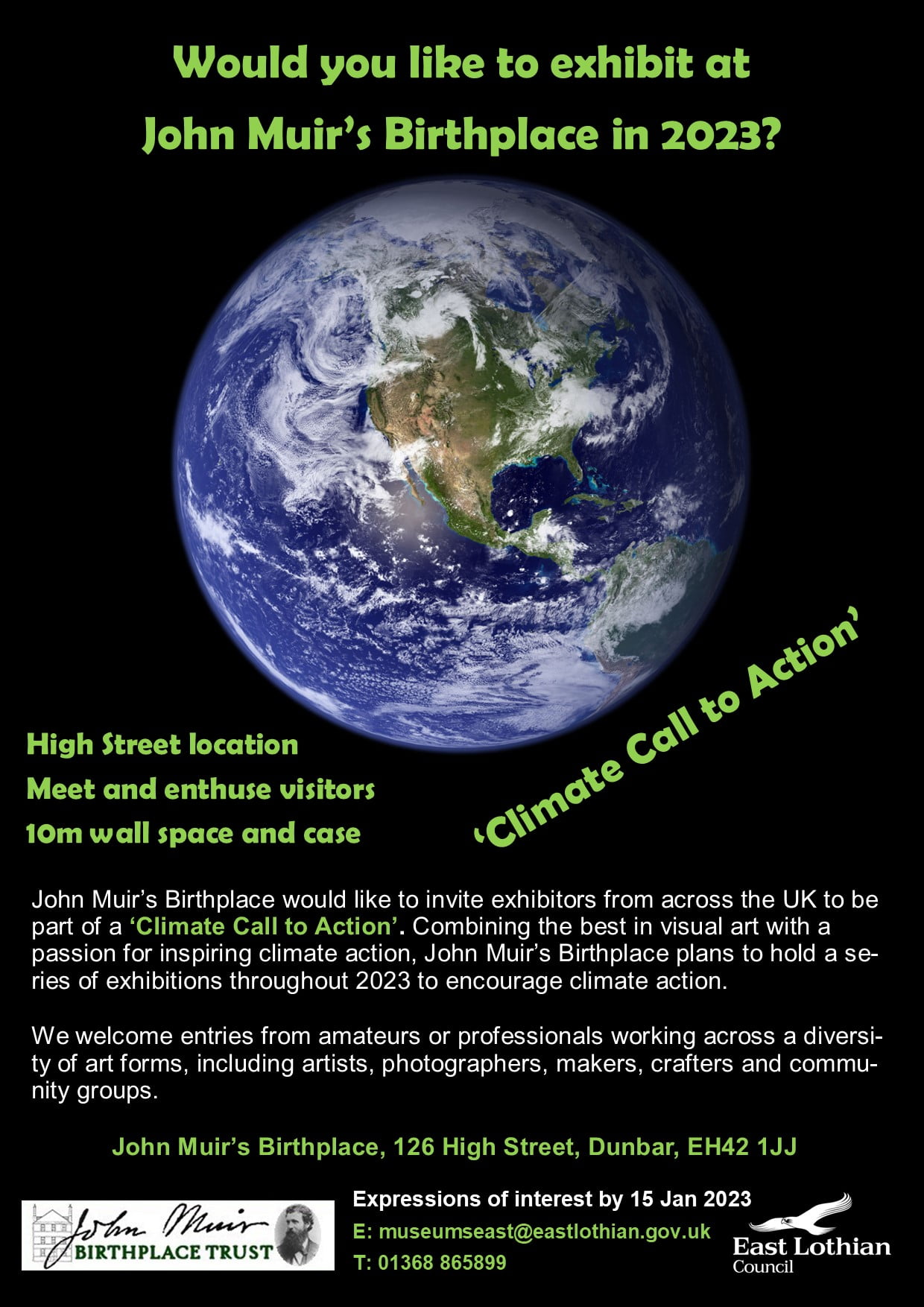
Did you know that we have supplies of free period products in the toilets here and at Dunbar Town House?
To find out more about East Lothian Council’s commitment to providing free period products have a look here.
We’re really pleased we’re able to offer this service and even more pleased about how well it fits with our Green Tourism charter. Hey Girls, whose products we use, are doing a lot of work to make sure their products are as green and sustainable as possible.
Did you know that we have drop-in craft activities running throughout winter? You can find them in our temporary exhibition space on the ground floor. They are free and, as part of our Green Tourism commitment, as sustainable as we can make them.
This month we were feeling inspired by our current exhibition, the Leaves of Auchencraw.
Leaf pressing
Have you noticed the glorious autumn colours this year? Here at the museum we have started collecting fallen leaves and flowers from various locations. There are loads of them in Lochend Woods!
Please bring in your leaves and flowers to the museum for pressing.* These could be from local areas or from anywhere you may be visiting. We have a Woodland Trust identification guide you can use if you aren’t sure which tree your leaf has come from.
If you enjoy pressing and identifying leaves and flowers why not try recording your findings in field notes or a nature journal? For some examples take a look at this blog post about the field notes the writer Rob MacFarlane keeps or go right back to the source and browse this archive of John Muir’s journals from his adventures. We also have some ideas for journal activities in the ‘Learn’ section of our website.
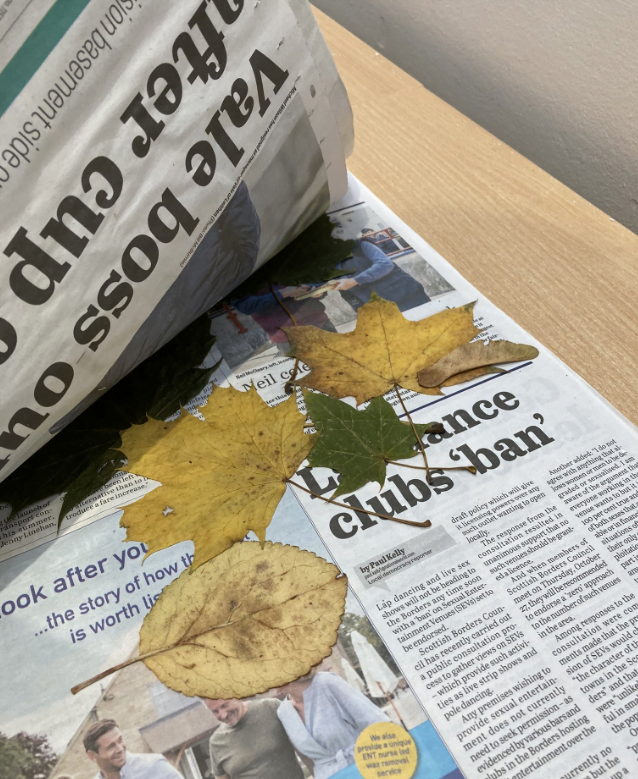
Make and take your own worm
What happens to leaves after they have fallen? They are often decomposed into soil.
Did you know that 1cm of topsoil can take over 1000 years to form?
Decomposition is done by lots of different organisms like worms, fungi, and bacteria. They are part of a mind-boggling network that makes up the soil under our feet. Soil is active, as much a series of processes as it is a thing!
Healthy soil is essential for helping seeds to grow into trees.
Helicopter seeds
Why do you think we call them helicopter seeds? We have some in the museum you can toss in the air to find out why! Then have a go at making your own.
Other names people use for these seeds: spinning jenny, whirligig, whirlybird and wing-nut. In the botanical world they are called samaras.
Trees have lots of different ways of dispersing their seeds. The reason helicopter seeds fly is so they can move further away from the original tree. This helps to propagate (spread) new trees in different areas.
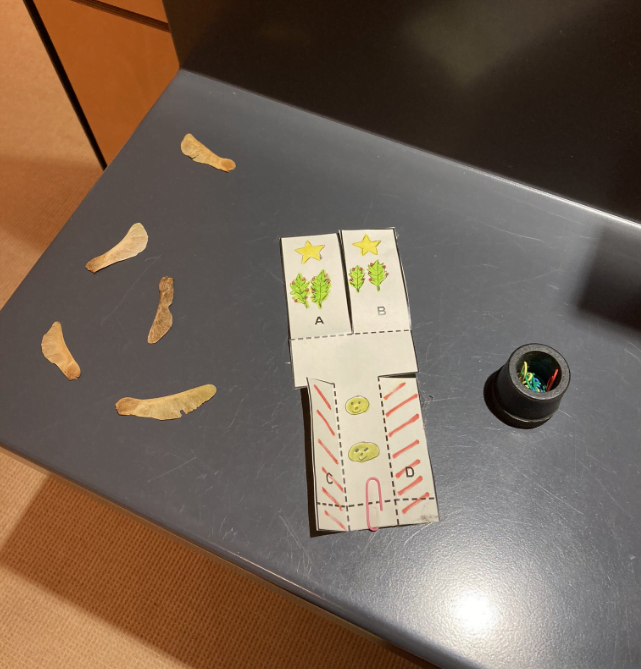
*Important note: please collect leaves and flowers responsibly. If you do intend to pick flowers rather than fallen leaves make sure to follow the Botanical Society of Britain & Ireland’s code of conduct. There is information on responsible wildflower picking on the Natural History Museum, London’s guide to pressing flowers.
John Muir’s Birthplace be open until 6pm on Sunday 27th November to make sure we don’t miss any of the Dunbar Christmas lights magic!
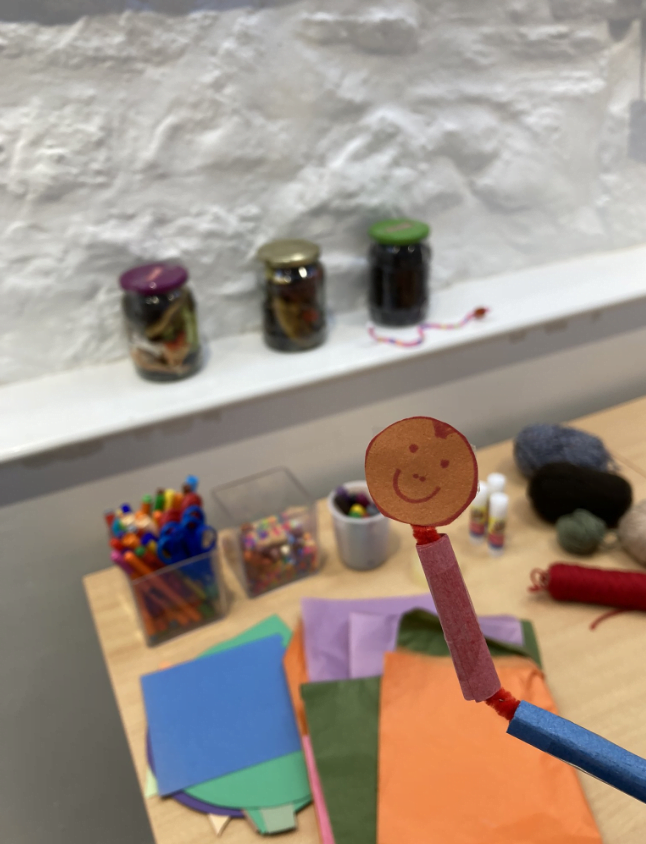
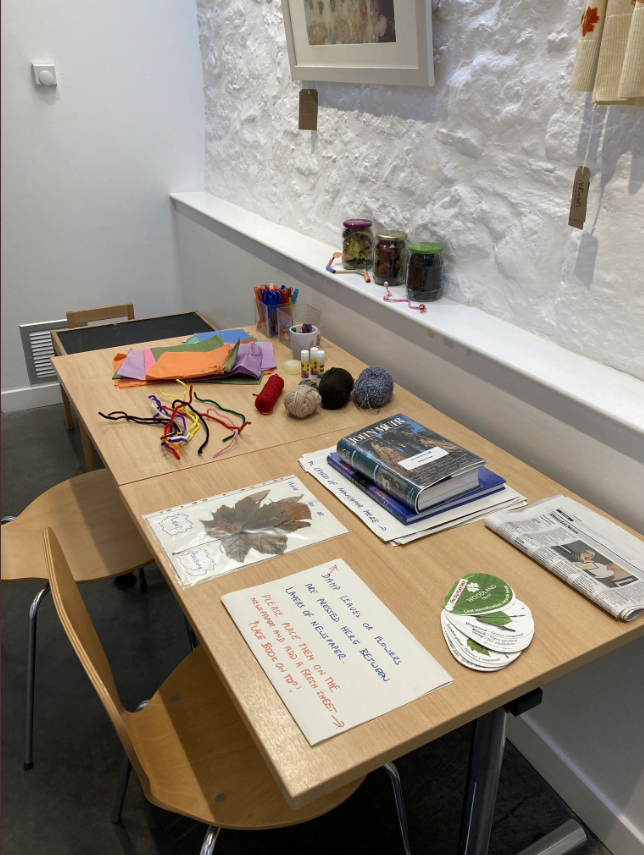
We’ll be providing a warm and welcoming space on the High Street for you to have a wee bit of shelter from the cold and the crowds. Sarah Wakefield’s Leaves of Auchencraw exhibition will be open in our temporary exhibition space along with free drop-in craft activities. If you can’t get enough of the crafts, we have a children’s reading den and even more crafts on the top floor.
If you’re looking to do some Christmas shopping we’ve got you covered too – our shop is full of gifts from local makers and artists such as Wylliecat Design, Chain Bridge Honey, LesleyMay Miller (published with Black Agnes Press and Red Squirrel Press), and many more! Many of the exhibition pieces on display are also available to buy. Our shelves are stocked with a lovely selection of books that cover a wide range of local history, nature writing, and climate justice. As part of our ongoing Green Tourism commitment we source as locally as we can wherever possible.
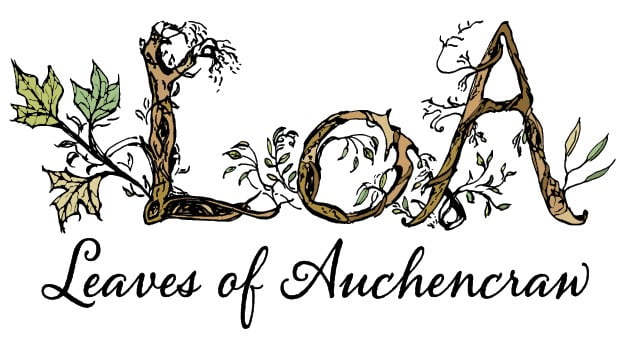
We are excited to welcome Sarah Wakefield’s ‘Leaves of Auchencraw’ to our temporary exhibition space. The exhibition will be open from 2nd – 27th November 2022, 10am-5pm Wednesday – Saturday and 1pm-5pm on Sundays. Admission is free.
“It is my challenge and my pleasure every time I print to see where the journey takes me. With this exhibition I invite you to join me on my journey: Leaves of Auchencraw. Every day, from spring to autumn, I have wandered and walked Auchencraw and the local area picking just enough leaves for printing each day. I then return home to print and dye on fabric I have acquired. I try to use end-of-line stock, old household linen and upcycled garments when I can, as well as printing on paper. Thank you for joining me and I hope you enjoy my journey too.”
Sarah Wakefield is a New Zealander living in Auchencrow in the Scottish Borders.
Sarah has enjoyed fabrics, embroidery and textiles from an early age, influenced by both her mother and grandmother’s work with textiles in dressmaking and soft furnishings. Sarah has always tried to make most of her own clothes and soft furnishings for her home, alongside having a garden for pleasure and produce. As a single mother of two busy boys, life and budgets made the repurposing of clothes and fabrics from friends, family or second-hand shops a necessity. Alongside there was always the dream of designing and printing her own fabric using natural fibres and dyes.
In one of life’s unforseeable twists, when an injury meant Sarah could no longer work in industry, it created the time to learn about printing leaves and flowers using natural dyes on natural fibres. It’s a process that uses Sarah’s knowledge and love of chemistry, and felt like natural progression in her life. For Sarah mental health and isolating herself from the world were an on-going issue with her injury. Her journey into eco and botanical printing on fabric and paper has been good for her health, well being and soul.
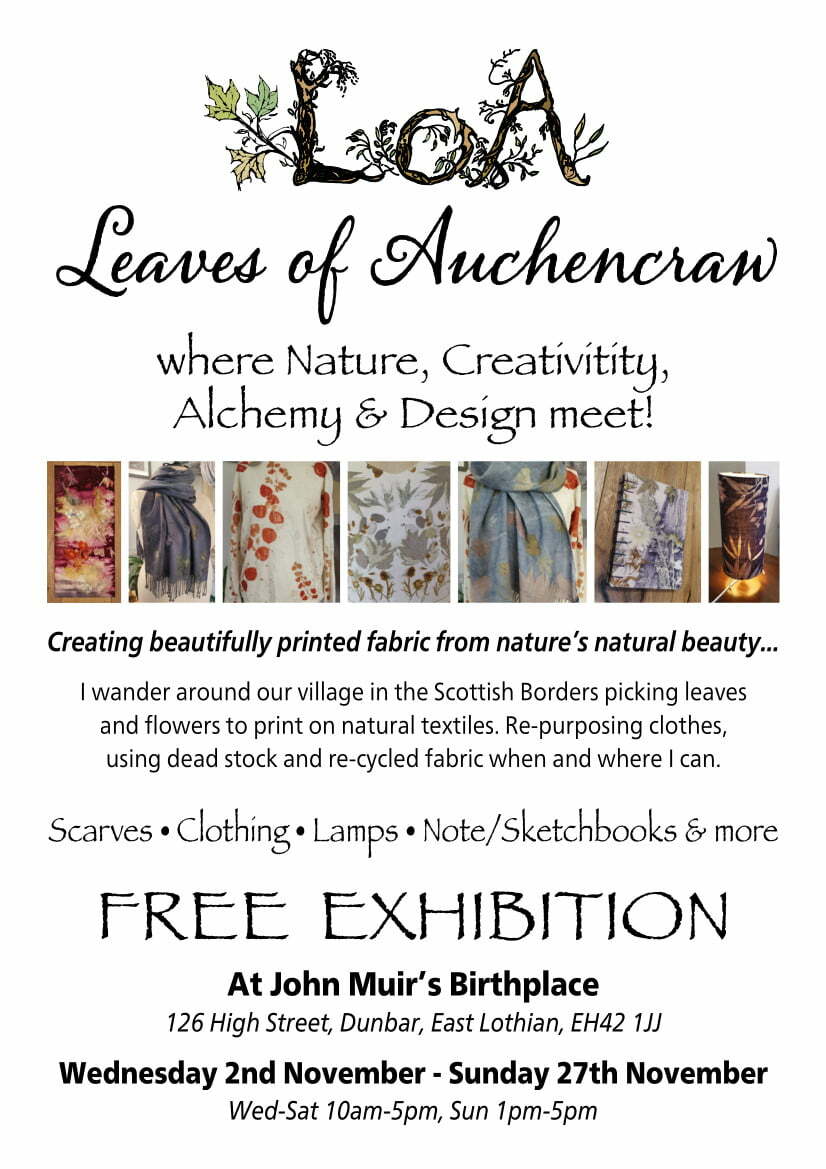
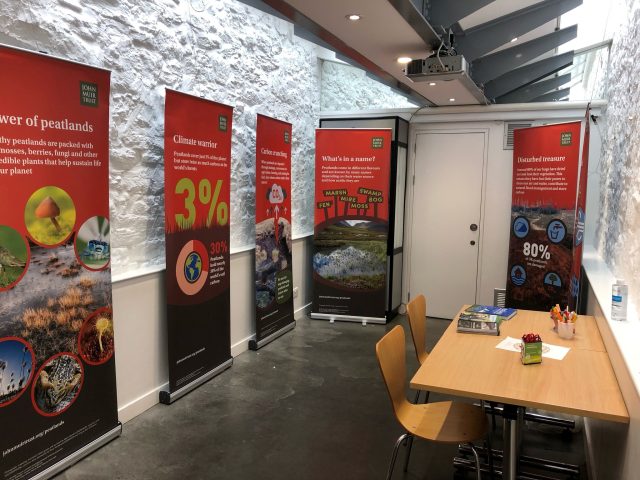
There may be reduced access to the upper floors of the museum on Sunday 17th July. We will also be opening late on Monday 18th July – instead of being open from 10am we will open at 12 noon.
This is so that we can set up some scaffolding outside the museum as part of an exciting and much needed maintenance project to completely replace our rusty old gutters. These essential improvements have been headed up by our fantastic John Muir Birthplace Trust.
The JMBT is a charitable incorporated organisation who work towards securing the future of John Muir’s birthplace in Dunbar and developing it as an interpretative centre focused on Muir’s work. If you would like to further support the work of the Trust, you can donate to their cause via our website.
Please feel free to get in touch with us on 01368 865 899 if you have any questions regarding museum access on those days. We will also be extending the opening hours of our sister museum and gallery, Dunbar Town House on Monday, so do feel free to pop in there from 10.00am.
